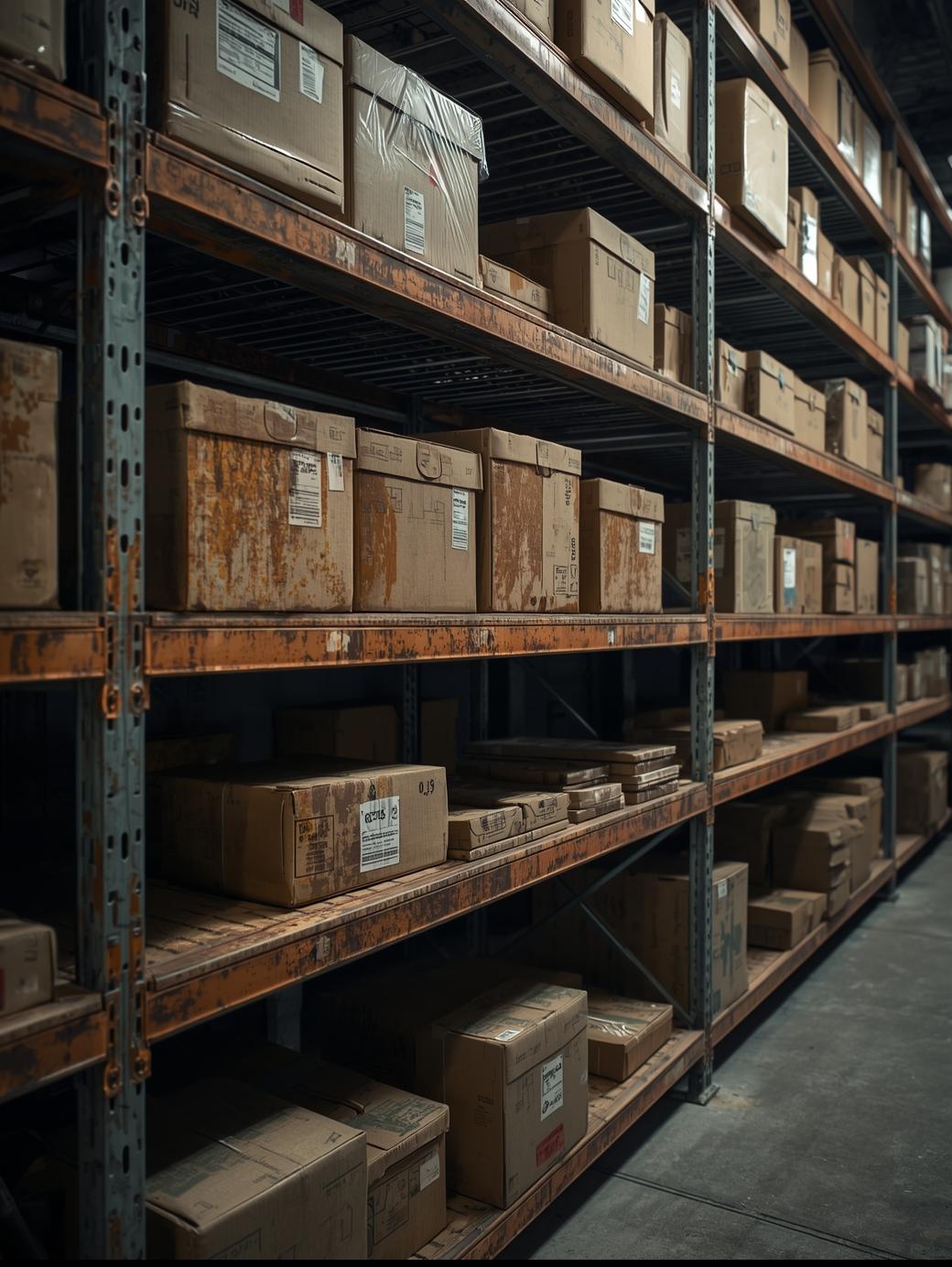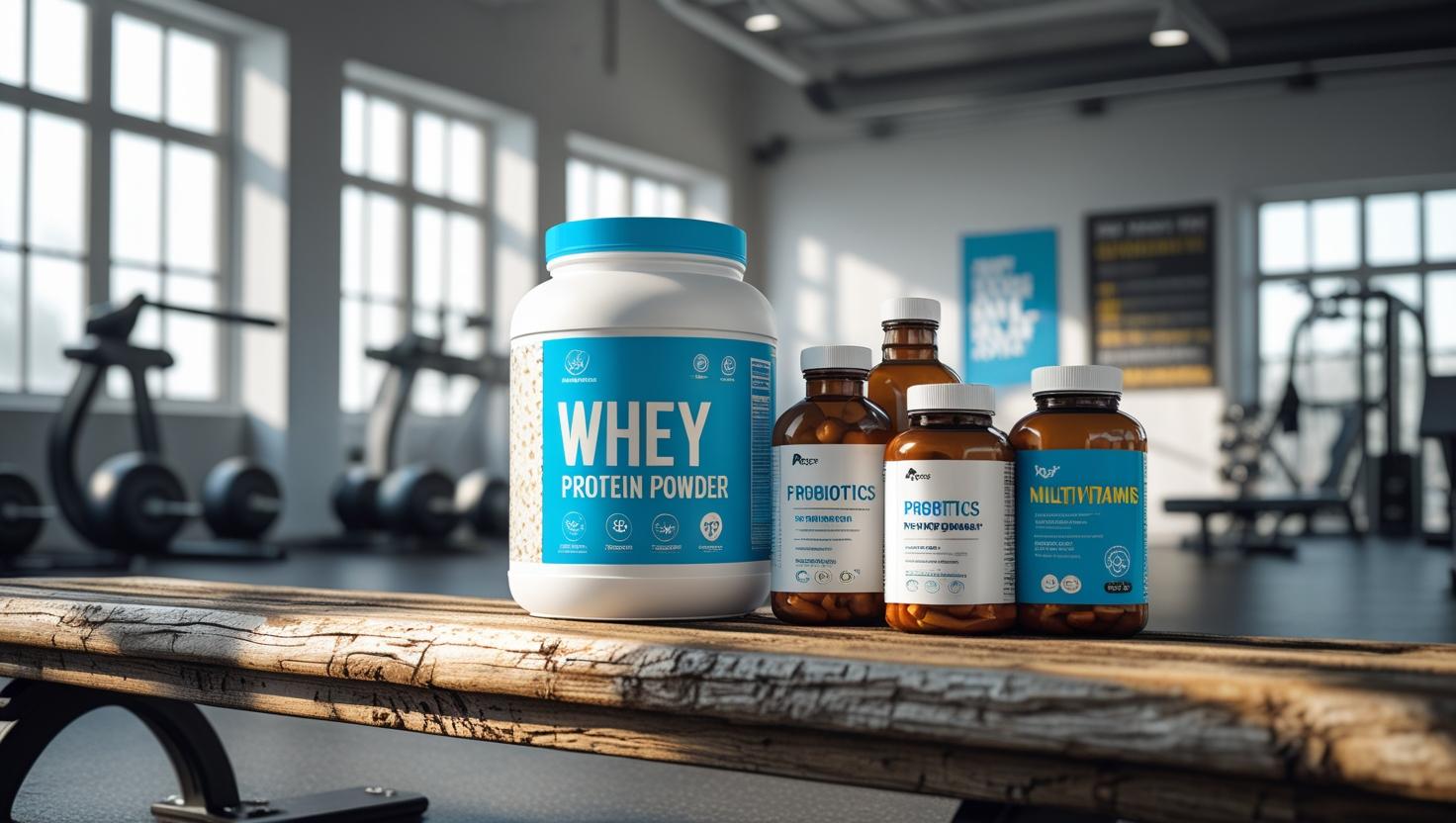Humidity Control for Better Efficiency, Productivity & Profitability

MANAGE HUMIDITY, INCREASE PROFITABILITY
Controlling and managing indoor humidity and air quality in an industrial environment is very crucial. It not only contributes to energy savings, but also improves the quality of the final product in industrial facilities and processes. When humidity and air quality is at optimal levels at an industrial environment then it not only optimizes the manufacturing process but also maintains the environment in the right conditions, in-fact if the humidity and air quality is not managed at optimal levels then it can have negative effects on physical properties like machines, machine parts and materials. While addressing the perils of humidity in our last blog we have touched upon a point which illustrates how lack of humidity management can wear out profit margins in a brief way but here we are conferring the point in detail. Controlling humidity in industrial environments isn’t just about comfort, it’s a strategic lever for
profitability.
Profit-Boosting Benefits of Humidity Control:
1. Enhanced Product Quality
– Moisture-sensitive materials like paper, wood, textiles, and electronics can warp, crack, or degrade under poor humidity conditions.
– Stable humidity ensures dimensional stability, surface integrity, and consistency, reducing defects and returns.
2. Reduced Equipment Downtime
– High humidity can cause corrosion, rust, and electrical short circuits in machinery.
– Low humidity can lead to static buildup, damaging sensitive electronics and causing operational delays.
– Controlled environments extend equipment lifespan and reduce maintenance costs.
3. Energy Efficiency
– Optimized humidity reduces the need for excessive heating or cooling, lowering energy bills.
– In some industries, it can even reduce the need for refrigeration, especially in high-temperature processes.
4. Improved Worker Productivity
– Relative humidity between 40–60% has been shown to enhance human performance, reduce fatigue, and improve air quality.
– Comfortable working conditions lead to fewer errors and higher throughput.
5. Compliance and Safety
– Many industries (pharmaceuticals, food, electronics) require strict humidity control to meet regulatory standards.
– Proper humidity reduces risks like mold growth, contamination, and fire hazards from static discharge.
6. Process Optimization
– In manufacturing, printing, and packaging, humidity affects adhesion, drying times, and material handling.
– Stable humidity leads to faster cycle times, less waste, and better yield.


Controlling the humidity levels in commercial and industrial environments will ultimately improve efficiency, productivity, and profits. It has been scientifically proven that stabilizing at the optimal humidity levels for respective industries and processes significantly improve mechanical and human performance. Processes like manufacturing, printing and food production rely on stable humidity to ensure optimal performance.
Unstable conditions where humidity is low can cause moisture absorption in hydroscopic materials such as wood and paper. This leads to static, dust, warping and cracking. When dried out materials pass through machinery at high speeds it results in breakdowns. If humidity levels are too high, it causes mould, corrosion, and rusting of expensive equipment. These problems cause major disruption to businesses and creates a reduction in productivity and profitability. The resolution is investing in the right humidity solution.
Climatronics is India's leading independent specialist in humidity control, offering a range of dehumidifiers from some of the world’s leading manufacturers. We have a highly experienced and knowledgeable team who can design a bespoke solution for each unique application, and supply, install and maintain the equipment throughout its life. Get in touch with our specialists today.



